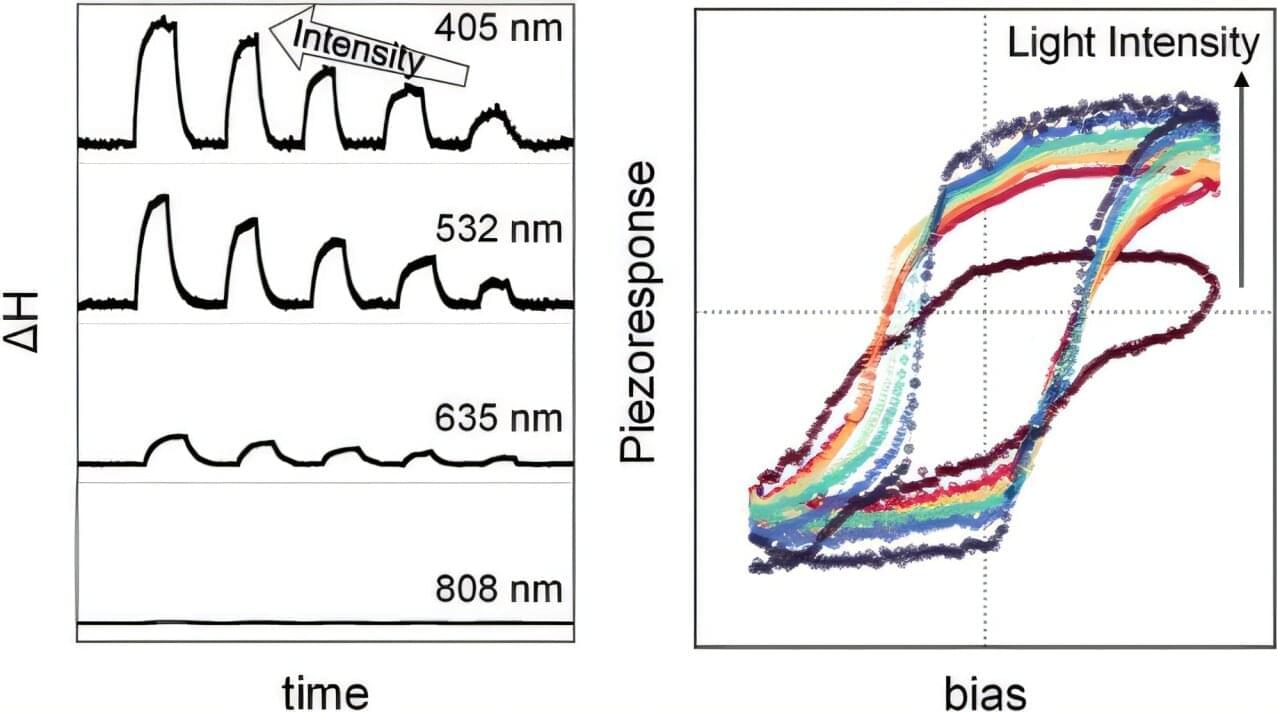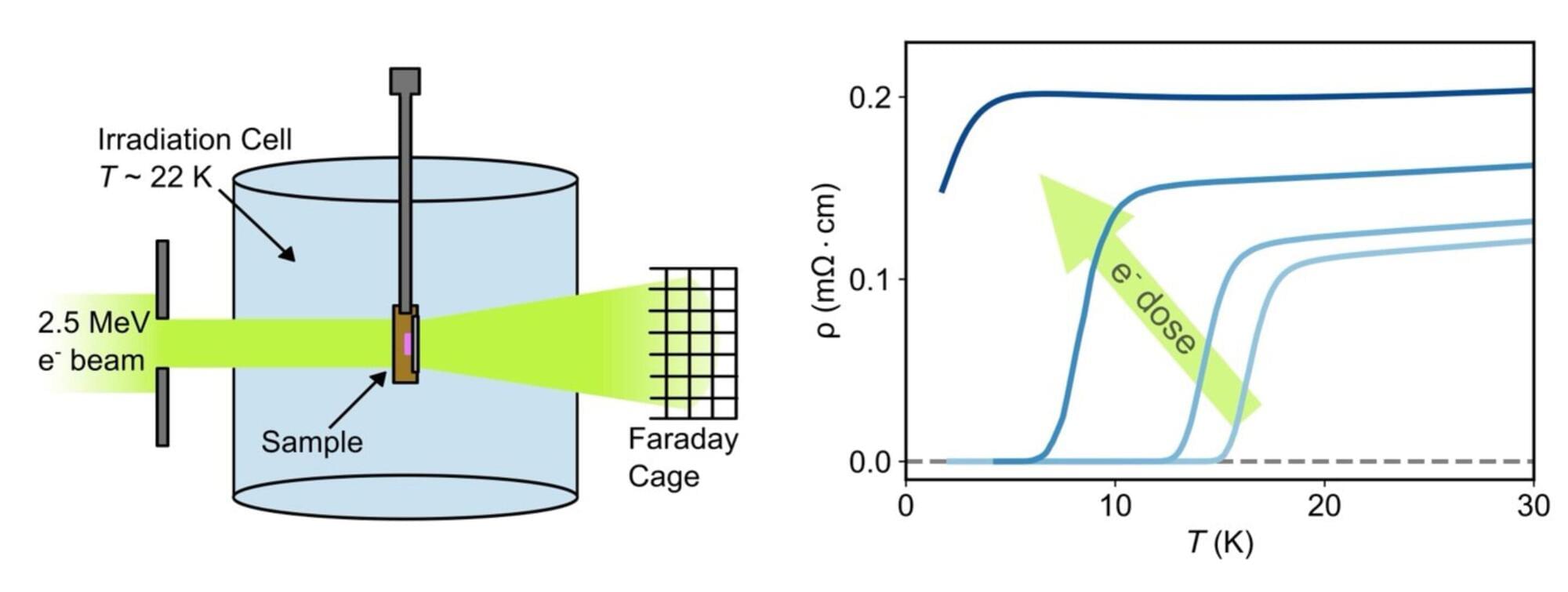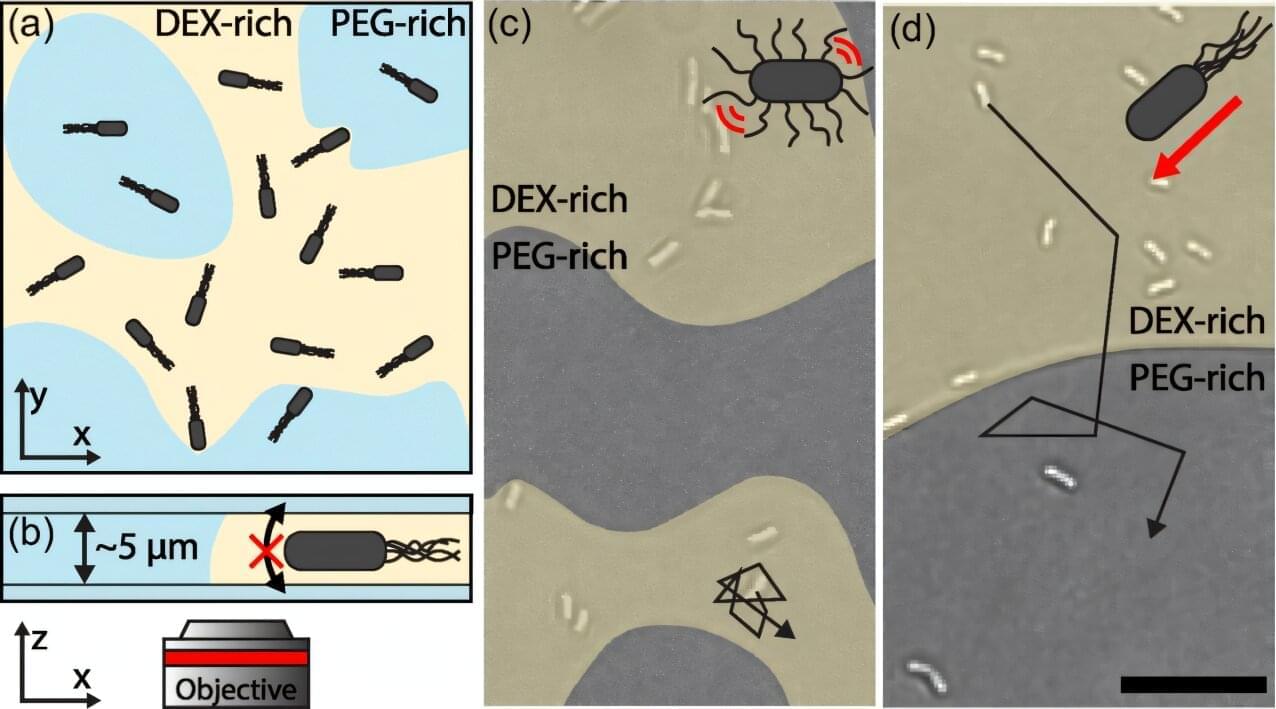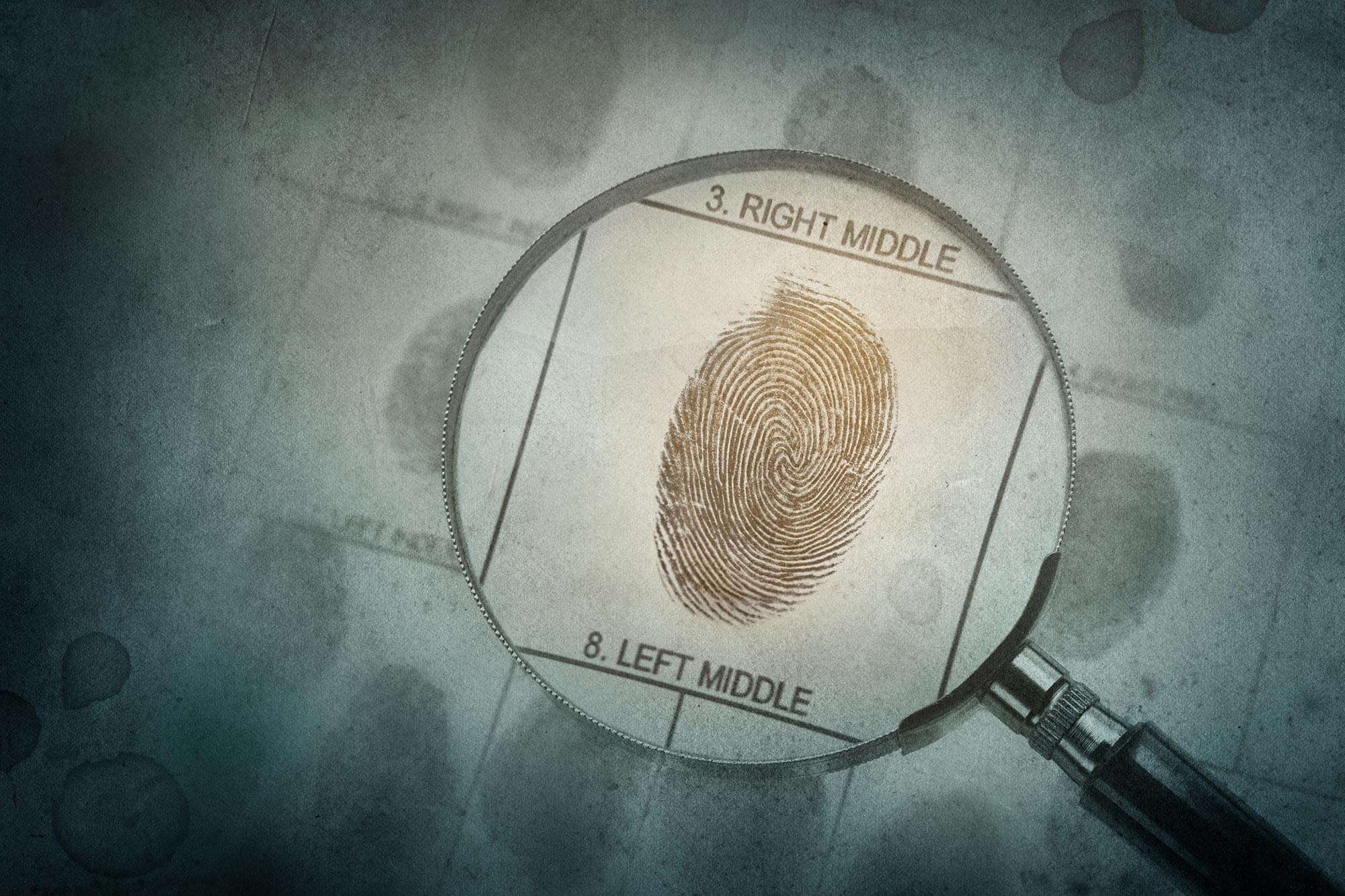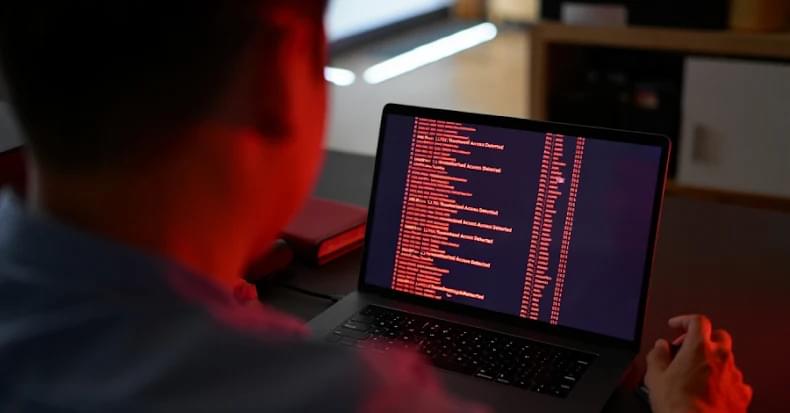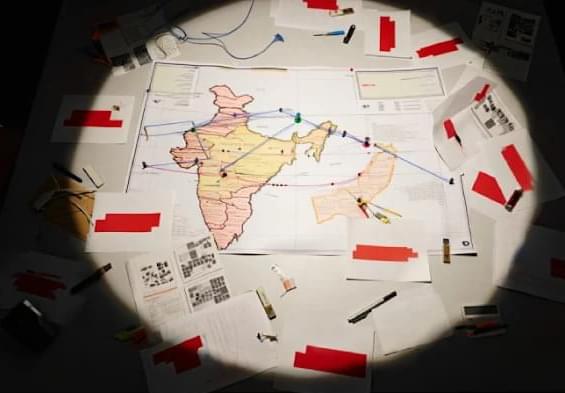The potential of using low-energy light to shape ferroelectric thin films for micro devices is advancing with an international team of researchers most recently reporting success with “photostriction.”
Light-induced nonthermal deformation of materials, or photostriction, has the advantage of directly converting photon energy into mechanical motion, offering exciting possibilities for wireless, light-powered sensors and optomechanical devices, says Flinders University researcher Dr. Pankaj Sharma.
Since its discovery in the 1960s, scientists have explored photostriction in a wide range of materials—from semiconductors and oxides to ferroelectrics and polymers. However, many of these systems face challenges.
